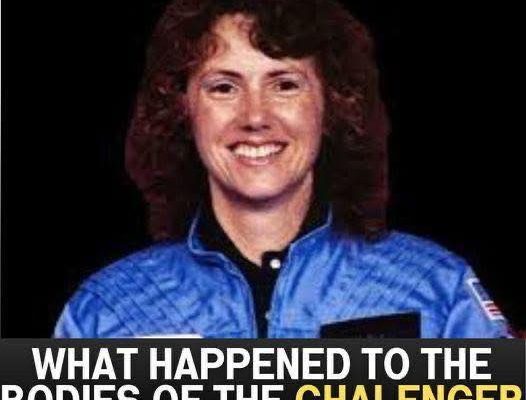The Challenger disaster, which occurred on January 28, 1986, is remembered as one of the most tragic events in the history of space exploration. Merely 73 seconds after liftoff, the Space Shuttle Challenger disintegrated, resulting in the tragic loss of all seven astronauts aboard.Among the crew was Christa McAuliffe, a teacher chosen to be the first civilian to travel into space. The investigation later determined that the disaster was caused by the failure of an O-ring seal in one of the shuttle’s solid rocket boosters, which permitted hot gas to escape and ultimately caused the vehicle to break apart structurally.The explosion was broadcast live, witnessed by millions, and had a profound effect on the nation. Although the shuttle broke apart in midair, the crew cabin remained mostly intact and detached from the rest of the shuttle. It is believed that the astronauts may have survived the initial explosion but lost consciousness before impact due to insufficient oxygen and the extreme conditions encountered during the descent.Recovery operations commenced shortly thereafter, spearheaded by NASA in collaboration with the U.S. Navy. Utilizing divers, remotely operated vehicles, and sonar technology, they successfully located significant portions of the wreckage, including the crew compartment, which was discovered on the ocean floor in March 1986. The remains of the crew were meticulously recovered and subjected to examination.Although the complete autopsy findings were never made public out of consideration for the families, medical professionals determined that the astronauts likely did not survive for long after the disintegration. The remains were returned to their families for burial, and each astronaut was commemorated in private ceremonies. Some, such as Christa McAuliffe, were laid to rest in their hometowns, while others found their final resting place at Arlington National Cemetery. NASA also established a permanent memorial at the Kennedy Space Center Visitor Complex, honoring not only the Challenger crew but all astronauts who have lost their lives in the quest for exploration. The Challenger tragedy prompted significant alterations in NASA’s approach to shuttle safety, design, and risk management. The deceased crew—Francis R. Scobee, Michael J. Smith, Ronald McNair, Ellison Onizuka, Judith Resnik, Gregory Jarvis, and Christa McAuliffe—are commemorated not only for their sacrifice but also for their commitment to advancing human exploration. Their legacy endures through educational initiatives, scholarships, and memorials that motivate future generations. While the specifics of their last moments are challenging to face, honoring their bravery ensures that their mission and spirit continue to thrive.
What Happened to the Bodies of the Challenger Crew?



